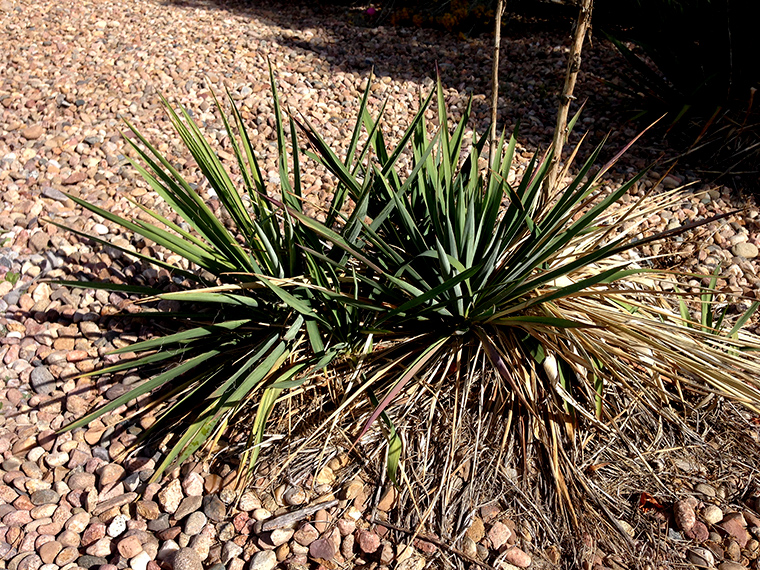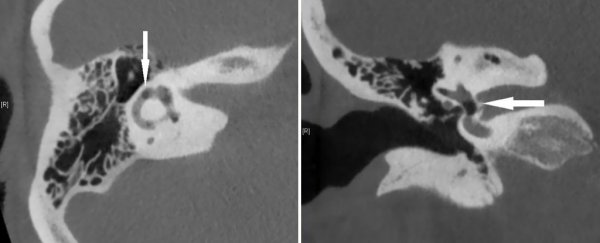A team of doctors in Australia has noticed an unexpected pattern of ear trauma in their patients over the past few years - and the culprit has turned out to be a popular garden plant.
Yucca plants are a genus of hardy, evergreen shrubs and trees that hail from the Central American region, and many of these plants are a popular ornamental choice in gardens and indoor pots.
One of the main yucca plant characteristics are its spiky leaves, so you can probably see where this is going.
 These plants mean business (Alex Juel/Flickr/CC BY 2.0)
These plants mean business (Alex Juel/Flickr/CC BY 2.0)
According to doctors from The Royal Victorian Eye and Ear Hospital in Melbourne, if you have a bunch of these oversized pin cushions in your garden, you can risk hearing loss unless you're careful around them.
Led by otolaryngologist Stephen O'Leary, the team identified 28 patients over the span of five years - 25 of these people had perforated eardrums, while the other three got away with just an ear canal abrasion.
"A lot of people are a bit worried about their eyes when they think of the yucca plant," O'Leary told Steve Martin at ABC Radio.
"But they don't really think that if the yucca plant is next to them, that those fronds can actually pass straight down the ear canal, like an arrow."
When something punches a hole in your eardrum - medically known as a tympanic membrane perforation - you can end up not just with temporary hearing loss, but also dizzying loss of balance (vertigo), and even an increased risk of middle ear infections.
Fortunately, in most cases a ruptured eardrum will heal over the span of a few weeks, leaving no further complications.
But, as the doctors note in their case series, a yucca plant leaf can be perfectly positioned to punch a hole farther than the eardrum, even leading to permanent hearing damage.
That's because the eardrum is just the beginning of the complex middle-and-inner-ear machinery that allows us to transmit sound into our brains.
If a sharp object punches too far, it can reach all the way to the next set of membranes that separate the middle ear and the inner ear, causing fluid from the latter to leak into the middle ear and wreak chaos.
This injury is called a perilymph fistula (PLF), and 4 out of the 25 patients seen by the doctors ended up with this serious complication.
All four of these patients started out with acute dizziness for 1-3 days after the injury, but the symptoms quickly settled into a more non-specific feeling that something might be wrong, so they didn't show up at the hospital quickly enough.
This led to a belated diagnosis, because if you go to a doctor six weeks after something has poked a hole in your eardrum, the original injury will likely have healed without leaving a clue that there's more serious trauma deeper inside.
Unfortunately, even though all four of the patients with PLF got surgery as soon as they were diagnosed, none of them regained full hearing in that ear.
The doctors note that this is the first such comprehensive case series of yucca plant ear injuries, and suspect that not only this type of gardening trauma is not widely recognised, but it could also be under-reported.
They conclude that the risk of getting a PFL following a spiky plant encounter is high, "and should be better appreciated by ear, nose and throat surgeons, emergency physicians and primary care practitioners."
And we're guessing it might also be a good idea to wear ear muffs if, for some weird reason, you have to stick your head into an underscrub of yucca plants.
The case series has been published in Clinical Otolaryngology.
